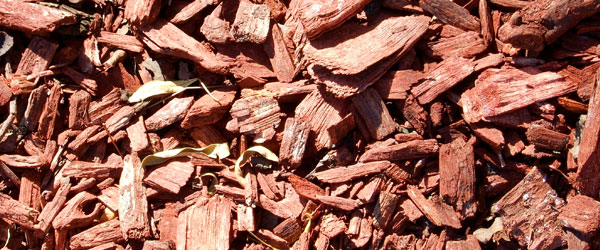Be it because they want to be better stewards of the land, because they are being put on mandatory water rationing, or because they simply want a cheaper water bill, many people are now becoming more concerned about conserving water. There are definitely some good ideas that can be employed to help keep water use (and your bill!) to a minimum. With the heat on the rise, now is the perfect time to pass along some tips to help conserve water in the lawn and garden.
Here are a few ideas for you:

Plant native and adapted plants. This doesn’t mean you have to plant only a cactus to save water. There are many colorful plants that don’t require much water. Argentinean Bird of Paradise, Bougainvillea, Desert Willow, and many species of Salvia give tons of color all summer long and once established, don’t require much water at all.

Consider reducing turf grass areas. Most of our common lawn grasses require consistent watering through the summer to stay healthy and grow properly. Once established, drought tolerant shrubs and plants don’t require nearly as much water as lawns. By replacing sections of the lawn with flower beds full of drought tolerant plants, you can reduce the total volume of water output needed. Perhaps you can make circular beds around the base of trees, or add an island bed in the front yard. Also, consider replacing some turf with a hardscape feature like a flagstone patio or even a deck. I have never seen a flagstone wilt in the summer heat!

Get a rain barrel. Rain barrels are being made in many different styles now and most of them are quite attractive. They can actually be incorporated as a nice new feature in an existing landscape, and are a great way to reduce water usage. Rain water is better for plants than tap water, so when you use the water collected in your rain barrel, not only are you conserving water, but you are also providing your plants with the best sustenance possible. Rain barrels are especially great for watering container plants and veggie gardens.

Mulch, mulch, mulch! Mulch everything. A two to three inch layer of mulch keeps the soil cooler and holds in moisture much longer than un-mulched soil. Mulch flower beds, mulch the veggie garden, mulch trees, too. Mulching is especially important for trees that have been planted in the last year.

Water properly when you do need to water. Water deeply and less frequently — doing so is especially important for lawns and trees. Check the soil for moisture before you water by sticking a finger a few inches deep into the soil. If the soil is moist, it probably doesn’t need water, and if it is dry, then it does. Try and water in the morning if possible. There is much less evaporation during the morning and thus less water loss and more water efficiency.
I think you will find that by incorporating just a few of these water saving ideas you can make a big impact on your water usage. Even if you are not able to do all of these things now, try committing to at least one of them now and make a game plan to try more in the future. Maybe you can plan an extra vacation with the money you will save on your water bill! As always, I hope you enjoy my ideas and happy gardening from the Errol McKoy Greenhouse on the Midway.
– Drew Demler, State Fair of Texas Greenhouse Manager